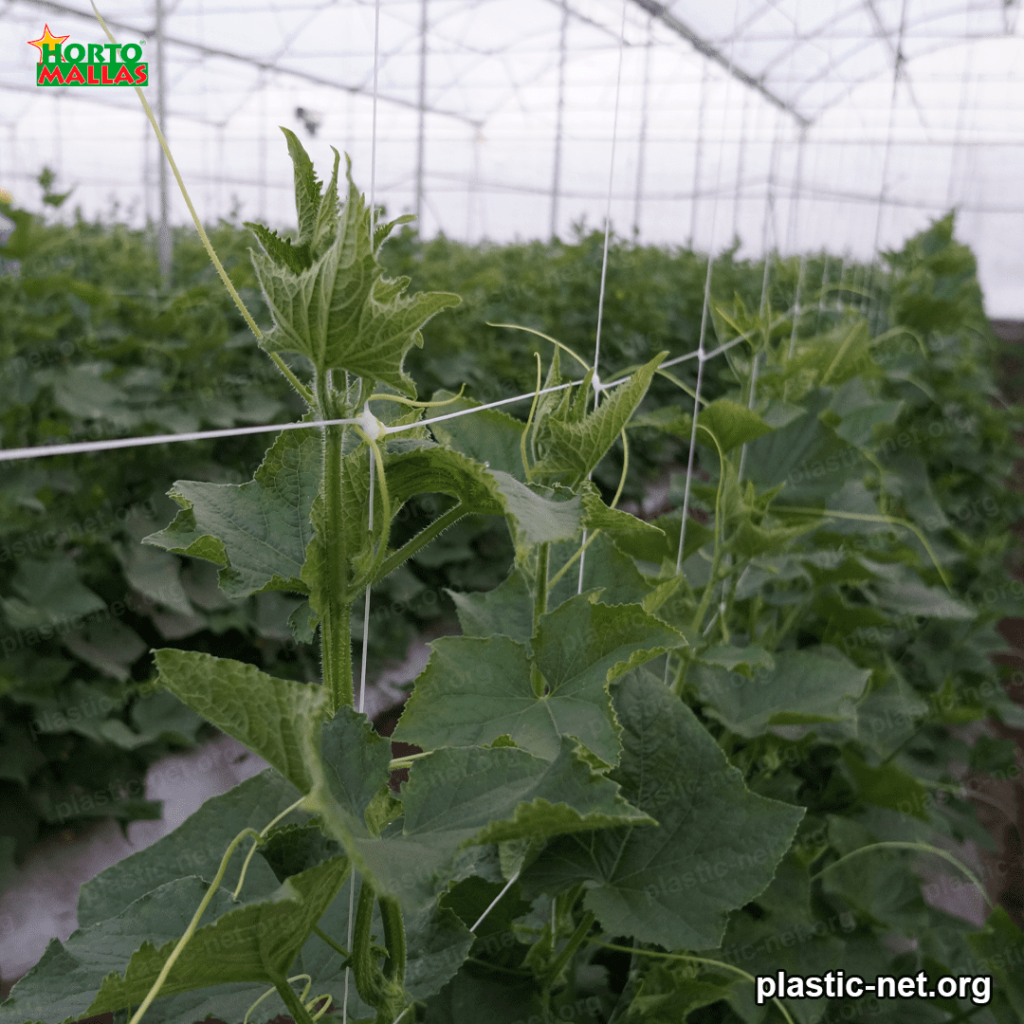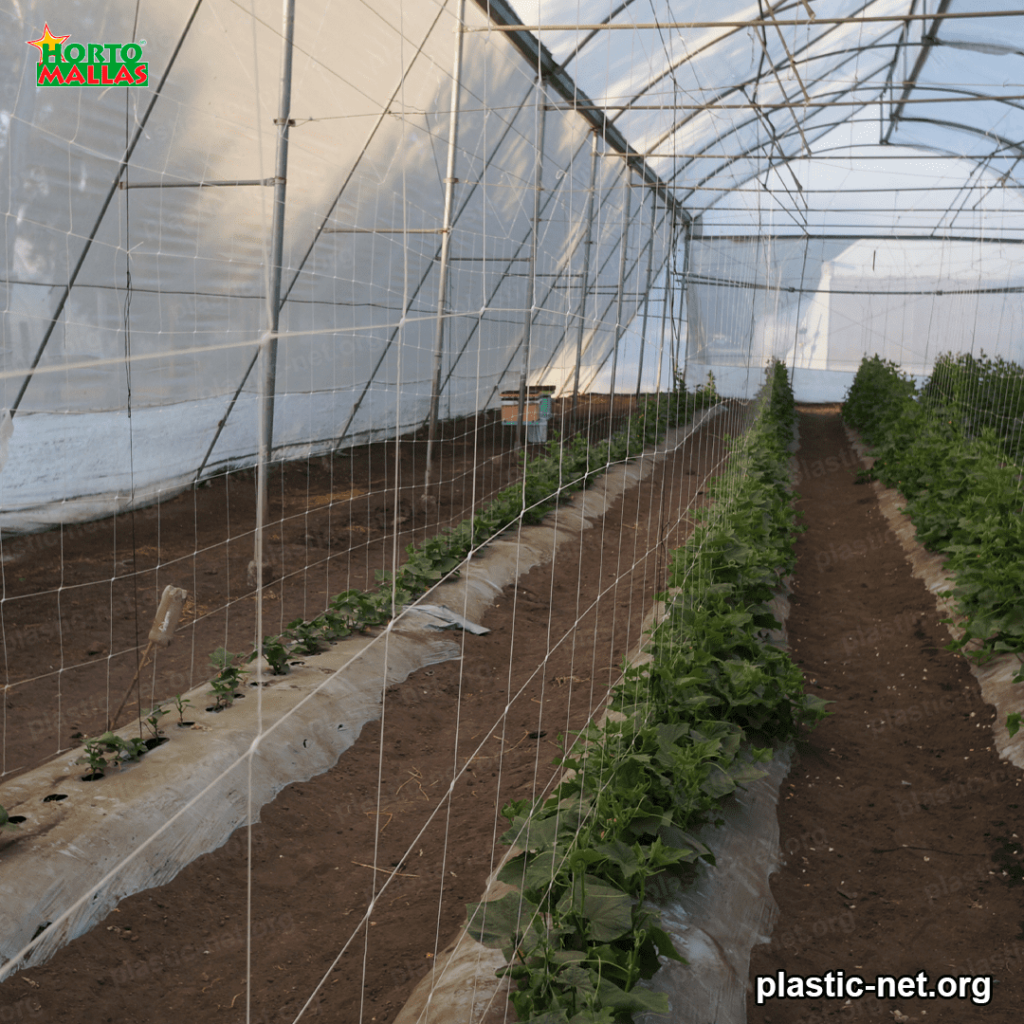A plastic livestock caging net is a safe and effective way to isolate and contain your animals from a variety of external threats.
Indeed, this netting is built use durable, weather-resistant materials for prolonged use. It is available in various mesh types, each customized to suit the size and strength of diverse livestock, providing protection during grazing.
Cattle caging is a method use to contain livestock in a small space, rather than in a large field where the animals are free. It is one of the control measures in livestock farming to ensure the health and welfare of the animals, and therefore, a higher yield and meat quality.
It is commonly use to contain deer, sheep, goats and other small animals in open field grazing. This netting is flexible and easy to install, and ensures reliable security by providing secure enclosures without encumbrances. Plastic netting is also suitable for barn fencing to limit access in smaller spaces.
Plastic livestock caging netting is available in different heights, widths and lengths, as well as in a variety of colors to match the existing terrain and allow for better visibility. Some netting even includes lightweight gates to allow access and control of animals within a fence. These advanced products also provide increased security against damage and theft.
Plastic livestock caging netting is a durable and sustainable solution for animal containment and grazing. With weather and abuse resistant material, these nets offer favorable security at a reasonable cost.

What are the characteristics of a plastic mesh for cattle caging?
Plastic netting is a modern alternative to traditional wire fencing. It is popular for its versatility, durability and ease of handling. Another custom finish includes polycarbonate bars. These bars can be of different lengths and widths to suit different designs.
Colors of plastic cattle caging netting range from bright to neutral; it is possible to find products in a combination of these two. Colors can help improve the aesthetic appearance of the caging and also help cattle return to their place of origin by eliminating the blackness of traditional fencing.
The price of plastic mesh for cattle caging is also a feature to always keep in mind. Its price is much lower compared to wire fences or fencing, which contributes to the popularization of this type of product. In addition, due to their resistance to weather elements, they do not require maintenance over long periods of time, which makes them even cheaper.
Plastic netting for livestock caging offers a simple, modern and cost-effective way to cage livestock.
What advantages does caging cattle with plastic mesh provide?
Plastic netting for caging livestock provides numerous advantages for livestock producers. This practice is often use over a long period of time and can be very beneficial to livestock. Plastic netting is use to delimit and divide grazing into small and numerous plots adapted to the soil, minimizing the risk of damage cause by the animal and the elements of the soil.
One of the major advantages of using plastic netting to cage livestock is that the netting is generally a very lightweight material that is easy to handle and install. This means that it is easy to transport and assemble, allowing the livestock producer to have the grazing land delimited and protected with relative ease. Also, the plastic caging netting offers the producer control over grazing levels. It comes in various mesh types, customized to suit the size and strength of various livestock, effectively safeguarding them during grazing activities.
In some places there are often strict laws related to grazing control. If the producer has the plastic mesh to cage his cattle he is in a better position to comply with the laws and avoid future problems.
Pastures framed with plastic mesh to cage livestock often reduce the number of problems related to animal control and the risk of infectious diseases that can affect livestock.

This is partly because livestock are kept isolated and are not exposed to direct animal-to-animal contact.
Plastic mesh for caging livestock also reduces the risk of predators. By erecting a barrier around the land using this netting, the producer reduces the likelihood of livestock falling victim to natural predators.
The numerous benefits of plastic mesh for caging livestock should be noted. This practice not only benefits the producer but also the animals and their grazing land because it provides excellent zoning and reduces the risk of disease and predators. Considering all these advantages, it is one of the safest and most important animal care practices.